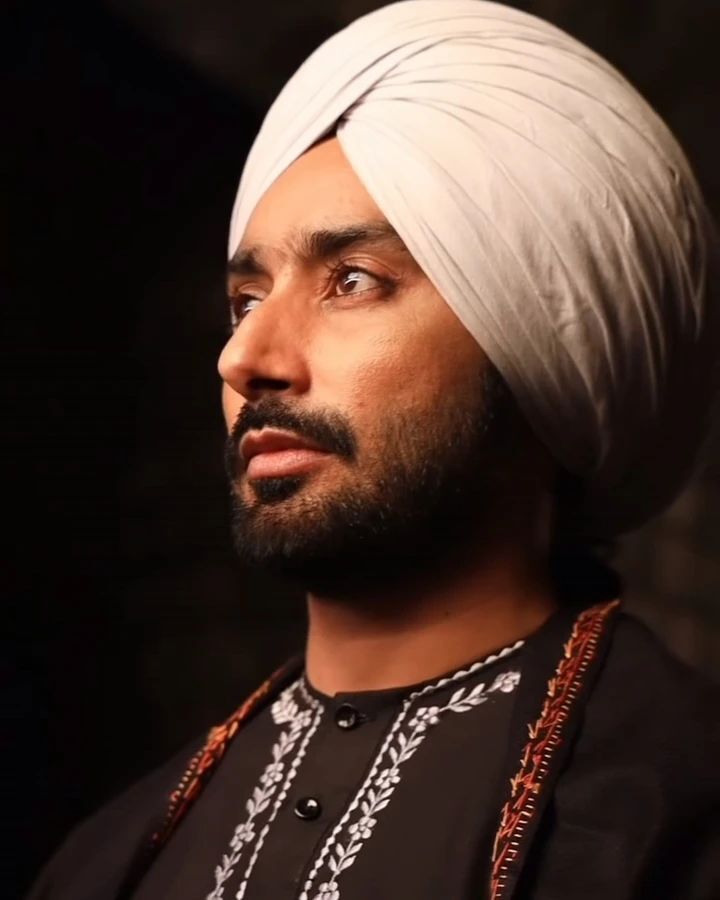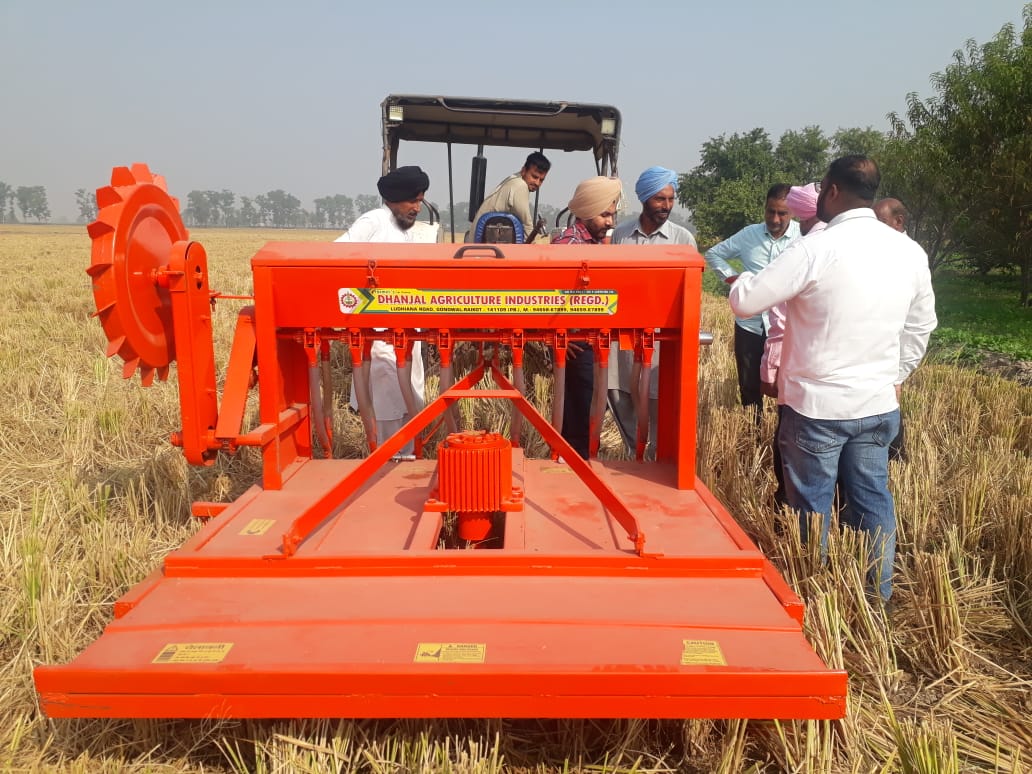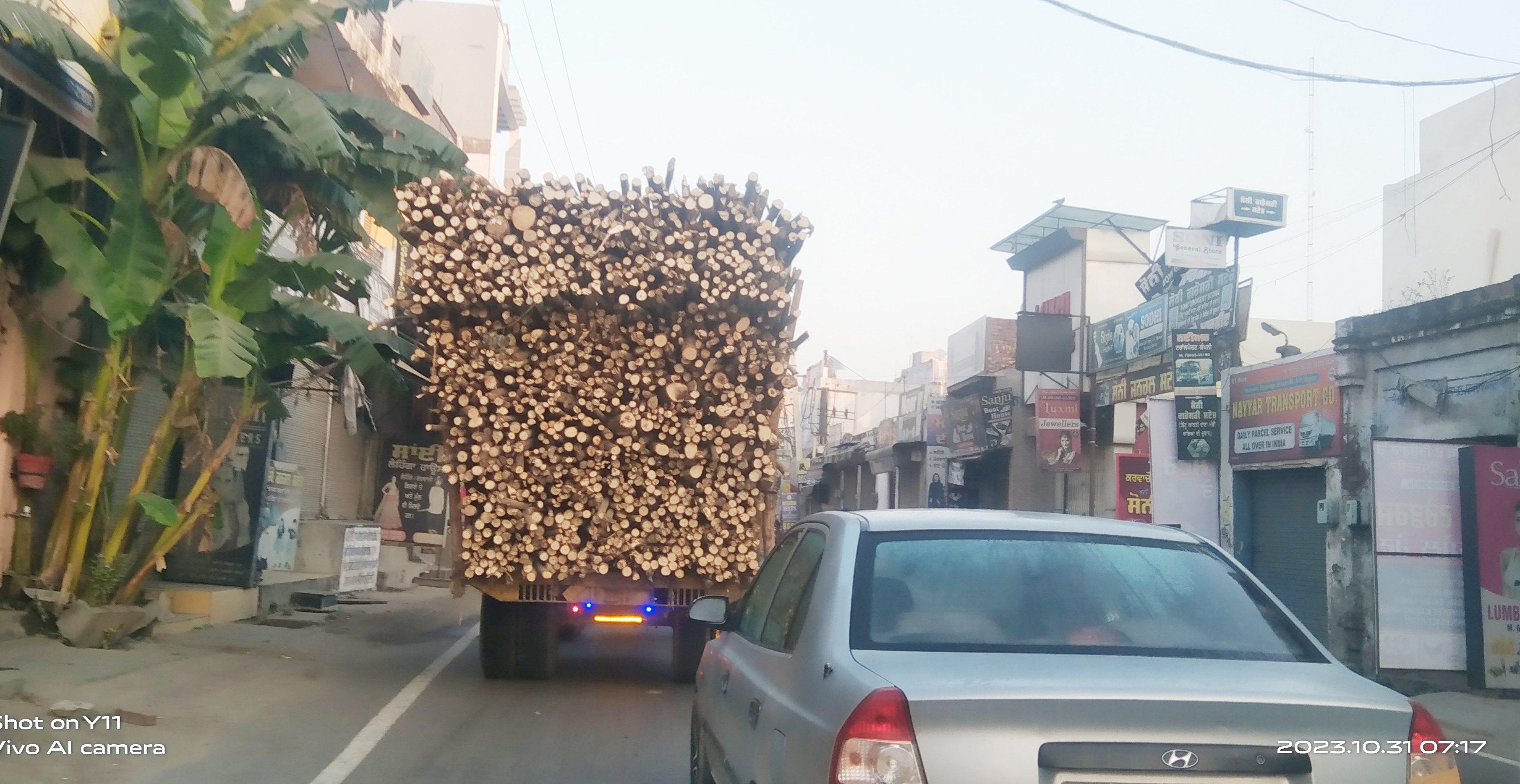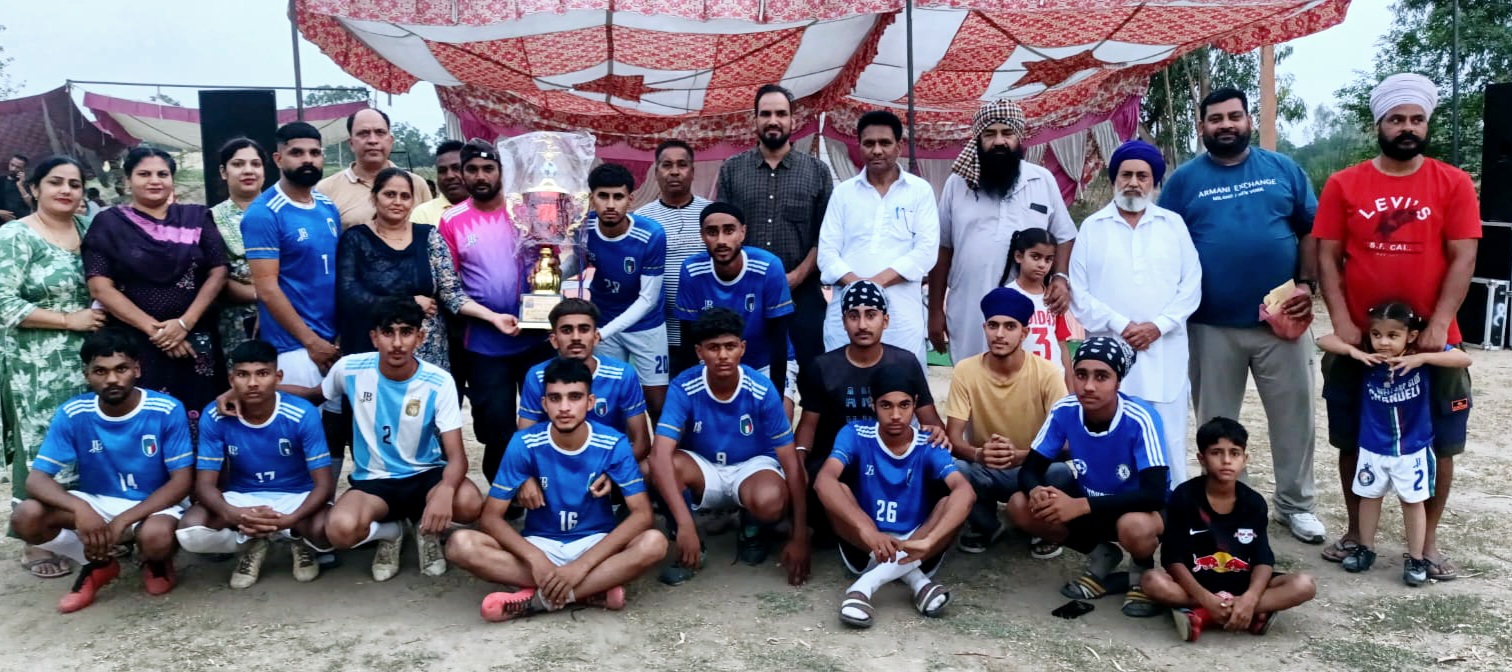
PGIMER today organized a seminar on "Airways in Trauma Emergencies" organized by the Trauma Anesthesia Team of PGIMER Department.
PGIMER successfully concluded its transformative CME on "Airways in Trauma Emergency," titled "It’s Not About Passing the Tube; It’s About Style!" organised by the Trauma Anaesthesia team of Deptt of Anaesthesia &. Intensive Care, PGIMER today. This landmark event drew an impressive turnout of healthcare professionals committed to advancing their expertise in trauma airway management, emphasizing the critical need to provide oxygen in crashing trauma victims on arrival to hospital.
PGIMER successfully concluded its transformative CME on "Airways in Trauma Emergency," titled "It’s Not About Passing the Tube; It’s About Style!" organised by the Trauma Anaesthesia team of Deptt of Anaesthesia &. Intensive Care, PGIMER today.
This landmark event drew an impressive turnout of healthcare professionals committed to advancing their expertise in trauma airway management, emphasizing the critical need to provide oxygen in crashing trauma victims on arrival to hospital.
Beginning with an inauguration ceremony, the day unfolded into a series of thought-provoking sessions led by Airway Leads of ALL INDIA DIFFICULT AIRWAY ASSSOCAITION, a team committed towards reseach and advancement in this important stream Topics addressed included trauma physiology, practical airway challenges, advanced intubation techniques and engaging video sessions.
**Prof. Kajal Jain, a central figure in the seminar and a respected authority on airway management, **highlighted the intricate demands of high stakes emergency situations. "In emergency airway management, team building is extremely as all the steps work on life saving manouvres and hence need to be performed in coordinated manner This course was designed to empowerfront linr workers in emergency room with the skills necessary to deliver life saving care, thus significantly impacting patient outcomes," she stated passionately during her presentation. Lack of oxygen can be detrimental and may result in irreversible damage to brain . Hence , a practice on vet models was ensured to learn crtical steps aimed at improving oxyegantion ina crashing patient .
The seminar featured interactive hands-on training sessions that allowed participants to practice essential techniques, such as fiberoptic bronchoscopy, front-of-neck access, and airway ultrasound—an invaluable opportunity for real-time learning and skill application. Participants engaged with advanced simulation models, fostering an educational environment that promoted collaboration, Q&A sessions, and peer-to-peer learning.
“What stood out was the enthusiasm and continuous engagement from the participants. Their eagerness to learn and apply new techniques was palpable,” remarked Dr. Suman Arora, one of the session moderators.
Throughout the day, discussions were enriched with audience participation, illustrating the diverse experiences and expertise present in the room. Breaks in the program were strategically positioned to facilitate networking, allowing attendees to share insights and forge connections that would benefit their professional journeys.
The course concluded with a valedictory session summarizing the critical learnings and emphasizing the necessity for ongoing education in trauma care. Participants expressed gratitude for the knowledge gained, indicating their readiness to apply these learned skills in real-world emergency scenarios.














